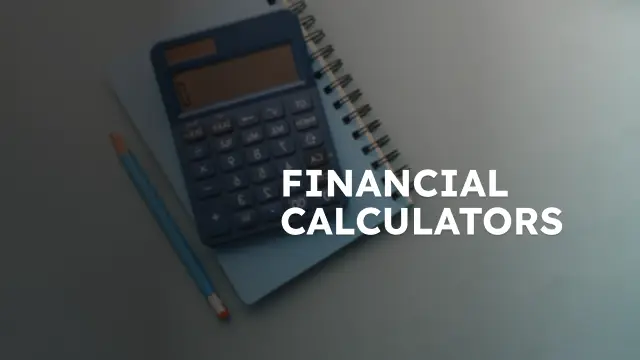Q. Cylinder of typewriter covered by :
Solution:
Typewriters have several parts that allow them to produce typed papers; the keyboard being the most obvious. Each key is connected to a typebar that lifted a typeface to strike the paper. Each typeface has upper and lower case forms of a letter or numbers and symbols. The assemblage of typebars and typefaces is called the typebasket.
Mylar (a plastic produced in very thin ribbons and coated with ink on the platen side) typewriter ribbon uses ink to transfer images on the typeface to the paper. Its alignment parallels the platen and the paper, and ribbon guides raise the ribbon to print and then lowers it.
The platen stops the typeface but allows enough force to the paper for the image to print. The carriage is a box-like container in the upper, rear part of the typewriter that carries the platen, the lever for carriage returns and line spacing, guides to help direct and grip the paper, and the paper itself. The paper is inserted in a feed rack (paper support) in the back of the carriage, supported and curved up toward the typing surface in a paper table or paper trough, and held against the underside of the platen by two feed rollers.
An escapement (a device that allows motion in only one direction and in precise steps) controls the motion of the carriage to the left after each character was typed. A mainspring in the escapement transmits energy to move the carriage on ball bearings.
To move the paper up after a line of typing is complete, a line-spacing lever rotates the platen toward the rear of the typewriter. The lever is also the carriage-return that disengages the escapement and pushes the carriage back to the right for the new line. Knobs on the ends of the platen are turned so the paper can be removed.
Get Question Bank
Strengthen Your Practice with our comprehensive question bank.

